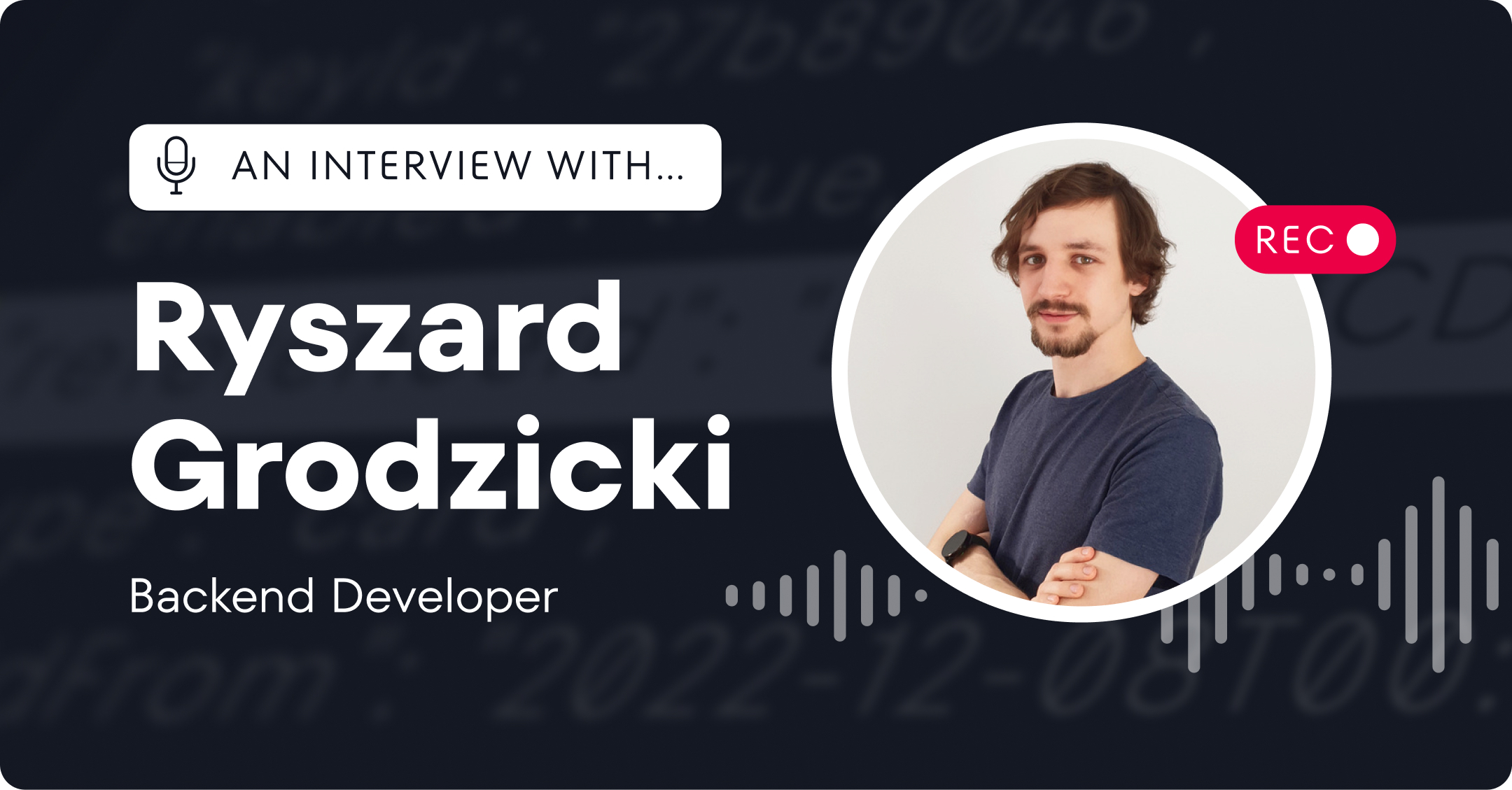
What exactly is POI data, and why is it important for making a great EV charging service?
We get the point-of-interest data from our charge point operator (CPO) partners. POI data tells us everything about any given charging location. In addition to the charger’s physical address and technical information, POI data includes useful details that help EV drivers decide whether to charge at a particular location. Charger availability, connector types, opening hours, operator info, and much more. Missing some of this data or having wrong information could make the charging experience much worse or even impossible.
What are the most common issues with POI data we get from charge point operators?
Sometimes the address is wrong: the pin on the map could be on the wrong side of the street and in some cases, there’s no charger to be found. Another fairly common issue is that a broken charger hasn’t been marked as out of order. Sometimes the opening hours are not provided.
Alone, these issues don’t seem like such a big deal, but when they add up, it creates a poor user experience. That’s why we invest in improving the data quality.
“Sometimes the CPO doesn’t have the resources to fix the problem, and in these situations, we try to mitigate the problem ourselves.“
What are we doing to solve these problems?
The POI data comes from the charge point operators, so the first course of action is to work on the quality issues with our partners. If we see a systematic issue in the data coming from a particular CPO, we reach out to them and explain the situation. Often we can work out the issue together and improve the data.
Sometimes the CPO doesn’t have the resources to fix the problem, and in these situations, we try to mitigate the problem ourselves. Updating the incorrect data is not always an option, but we can try filtering it for better results. When all else fails, we hide chargers that are showing misleading data or not working properly. It’s a drastic measure, but it helps us ensure that our users always have accurate, up-to-date information on all chargers in our network.
We do our best to spot inaccurate data ourselves, but we’re also gathering feedback directly from drivers. Last spring, we introduced the Report a problem feature to the Plugsurfing app, our white-label apps, and Drive API. Through this tool, our 1.5 million drivers can quickly tell us what’s wrong with a specific charger. We then relay this information to our charging partners so they can tackle the issue. And if needed, we can also take action.
What sort of data improvement has your team worked on recently?
Over the last few months, we’ve released some small but impactful improvements. In the summer, we created a consistent way to display CPO names in our app. This helps drivers easily identify the chargers of their favorite operators. The name formatting differs from one CPO to another, so creating a consistent experience was important.
In the latest app version, we introduced the CPO hotline feature. In the past, drivers used to call us with charger-related problems, but we weren’t able to help. The hotline feature is a big improvement that helps drivers get support directly from the CPO. If users have issues with the charger, they can call the charge point operator directly with a push of a button. To make this possible, our team had to manually collect and upload a lot of CPO contact details.
“Ultimately, the responsibility for data quality and accuracy lies with the charge point operators.”
How do you see Plugsurfing’s role in the handling of POI data?
As an emobility service provider, Plugsurfing has a direct relationship with both the drivers and the charging point operators on our network. In addition to data quality improvements already discussed, we’re exploring alternatives together with our partners. The industry is still young and there’s no one-size-fits-all solution. But POI data quality is something that affects everyone in the emobility space, and we want to find ways to make the driver experience even more reliable.
Ultimately, the responsibility for data quality and accuracy lies with the charge point operators. In a perfect world, each CPO would properly manage their POI data. When they don’t provide accurate addresses or status information, we can’t bring them business by getting drivers to their locations.
Unfortunately, not all CPOs have the resources to invest in data quality. That’s why we and other stakeholders still need to improve the data to serve our users.

